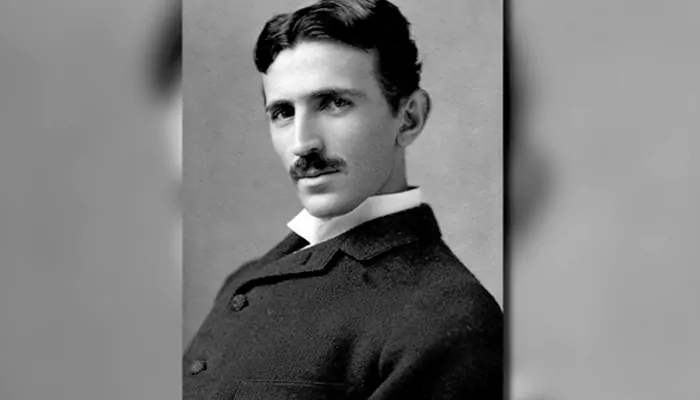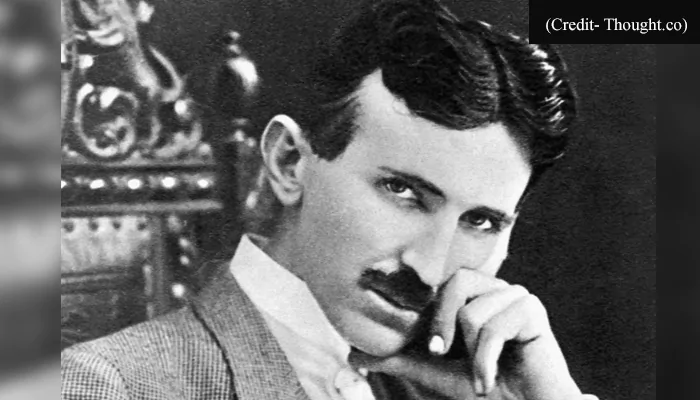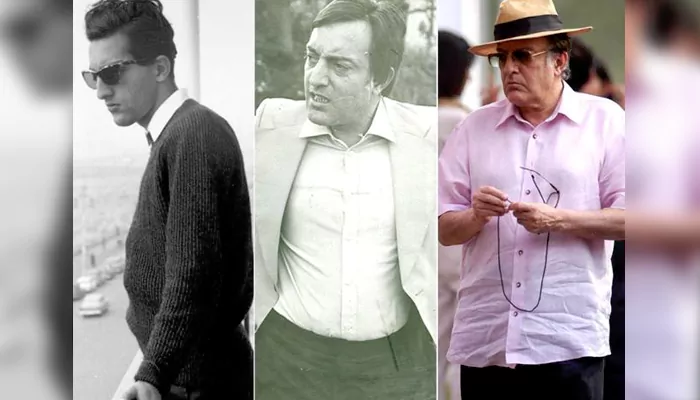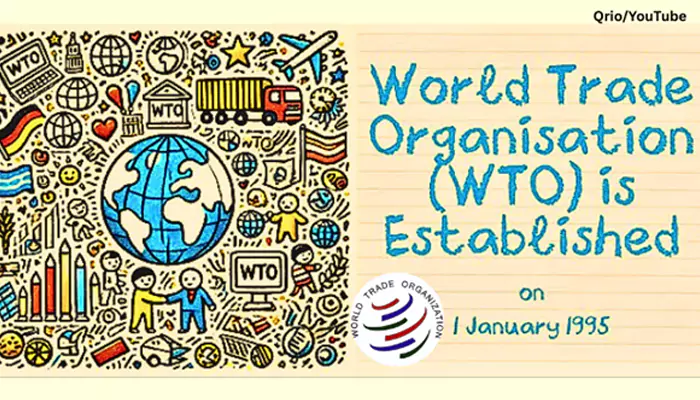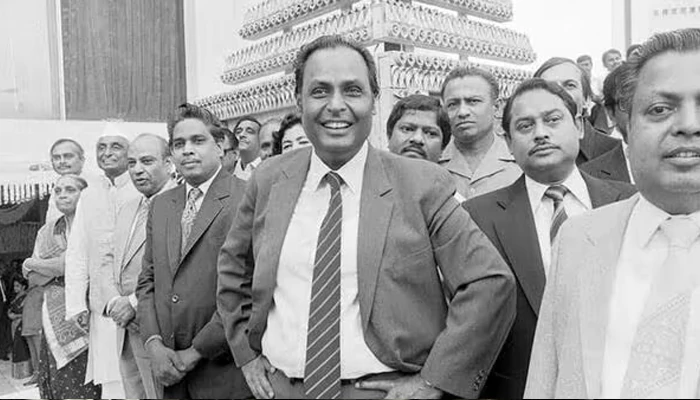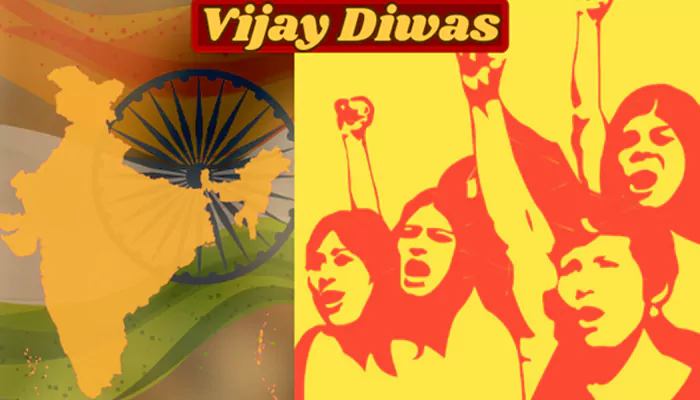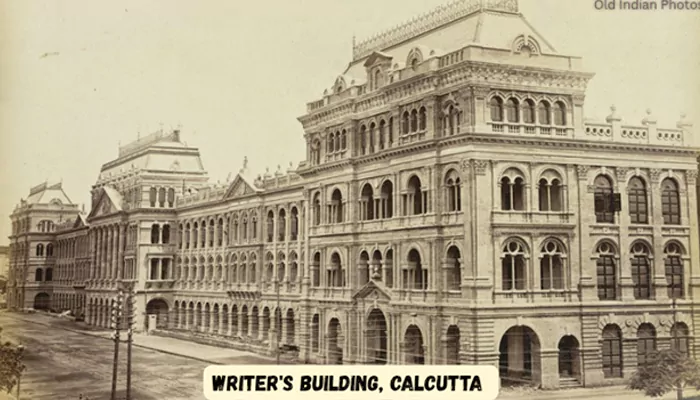On This Day, 1948 - Hyderabad Became A Part Of Indian Union: Know About 'Operation Polo' That Made It Possible
- Sayan Paul
- 1 year ago
- 5 minutes read

A few months ago, the Indian government announced that it would celebrate September 17 every year as 'Hyderabad Liberation Day'.
On August 15, 1947, India gained its independence from British colonial rule after years of struggle. But it wasn't really a "happily ever after" story for us, as the nation had to thereafter deal with immense challenges in its socio-political scene. The aftermath of partition was there, which also led to an unprecedented economic toll. However, besides that, becoming a unified nation (with its hundreds of princely states merged) was a significant challenge as well, bringing another chapter of bloodshed and political unrest.
It is a historic day as PM @narendramodi Ji has decided to celebrate the 17th of September every year as Hyderabad Liberation Day in honour of the martyrs of the Hyderabad Liberation Movement.
— Amit Shah (@AmitShah) March 13, 2024
The decision is a befitting tribute to the freedom fighters and the martyrs who made…
(Credit: Amit Shah)
The erstwhile state of Hyderabad, the wealthiest and most powerful principality at that time, was integrated with the Union of India on September 17, 1948. And that happened with Operation Polo, the military action launched by the Indian Army on September 13 that year. Today, on Hyderabad Liberation Day, let's travel down history and learn more about that.
The Background
The Hyderabad state (now divided into the present-day state of Telangana, the Kalyana-Karnataka region of Karnataka, and the Marathwada region of Maharashtra) was the largest princely state in India. The state was ruled by the Nizams (since 1724) and was the first to come under British paramountcy by signing a subsidiary alliance agreement. From 1911 to 1948, it was ruled by Mir Osman Ali Khan - the last Nizam.
Hyderabad was operating as an independent monarch during the final years of British rule in India. The Indian Independence Act of 1947 gave all princely states the option of joining India or Pakistan, or opting for full independence. Mir Osman Ali Khan chose the third option and hence declared Hyderabad an independent state.
1937 :: TIME Magazine Cover On Mir Osman Ali Khan, Nizam of Hyderabad.
— indianhistorypics (@IndiaHistorypic) July 14, 2020
TIME Magazine Described Nizam as The Richest Man In The World pic.twitter.com/Eg9dqpGSND
(Credit: indianhistorypics)
In November 1947, the Nizam signed a standstill agreement with the Dominion of India, continuing his rule and avoiding the stationing of Indian troops in the state.
The Political Unrest in Hyderabad
The majority of the population in Hyderabad (mostly the Hindus) were against the Nizam's decision and wanted to be integrated into the Indian Union.
In the state's feudal monarchy system, most of the land was concentrated in the hands of powerful landlords. Also, there were high taxes on commoners, and feudal exploitations were at their peak. As a result, the Telangana Rebellion (led by communists) emerged against the Nizam. And to suppress that protest, a radical militia called the Razakars was formed.
1948 :: Razakars , A Private Militia Organised to Support Nizam of Hyderabad In War Against Indian Government
— indianhistorypics (@IndiaHistorypic) September 17, 2022
( Photo - @LIFE ) pic.twitter.com/CZYHHdtuNl
(Credit: indianhistorypics)
All these led to severe communal tensions, which spread to other parts of India as well. The situation worsened when the Razakars threatened to launch a war against the Indian Union.
The Operation Polo
Due to its strategic location, Hyderabad remaining an independent state posed a major threat to India's national security. Also, the Indian government wasn't happy with the rise of communists in Hyderabad. Sardar Vallabhbhai Patel, India's then Home Minister, made multiple attempts to integrate Hyderabad peacefully into the Indian Union. However, all his negotiations failed, leaving the government with no choice but to take military action.
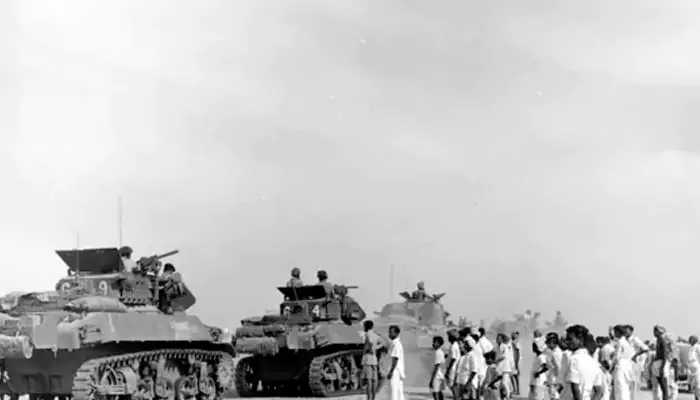
Operation Polo
On September 7, 1948, India's first Prime Minister Jawaharlal Nehru gave an ultimatum to Nizam Mir Osman Ali Khan to ban the Razakars and accept the stationing of Indian troops. On September 13, the government launched Operation Polo (also known as "Operation Caterpillar" or "Police Action") as a response to the threat by the Razakars and to bring political stability to the state.
On 13 September 1948, Deputy Prime Minister of India Vallabhbhai Patel ordered the #Army to move into #Hyderabad to integrate it with the Indian Union.#OperationPolo was the code name of the Hyderabad "police action" in September 1948, pic.twitter.com/W2SXgvtHCY
— South India Philatelists' Association, Chennai (@SIPA_chennai) September 13, 2024
(Credit: South India Philatelists' Association)
Around 36,000 Indian troops, led by Major General Jayanto Nath Chaudhury, entered Hyderabad. Although the state also had a significant number of troops, only a fraction of them were properly trained. Therefore, the Indian Army's strategic attacks from various directions overpowered the Nizam's forces in no time, leading to his surrender. On September 17, Hyderabad finally became a part of India.
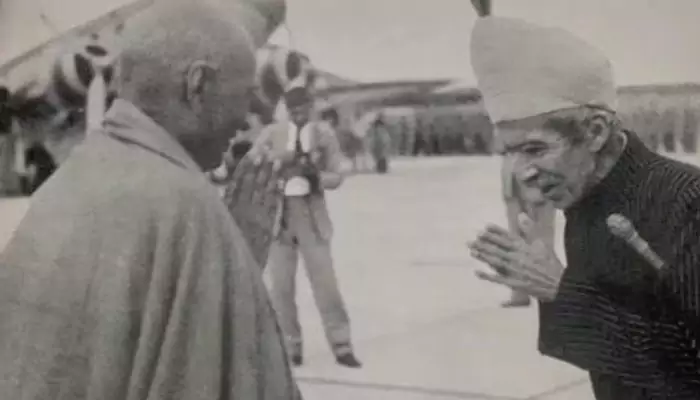
Last Nizam of Hyderabad (Right) greets Sardar Patel after Operation Polo
Notably, the operation resulted in massive violence, claiming the lives of over 200,000 people.
Some Interesting Facts To Know
Sardar Patel described the idea of an independent Hyderabad as "an ulcer in the heart of India that required surgical removal".
After his surrender, the Nizam of Hyderabad delivered a radio address on the 23rd of September, 1948.
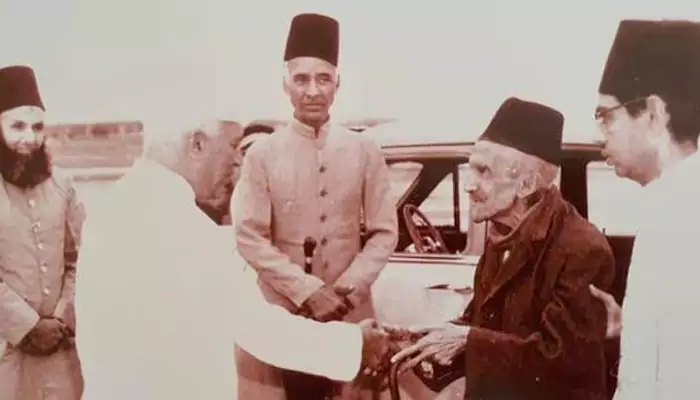
When Nizam Osman Ali Khan received Prime Minister Pandit Jawaharlal Nehru at Begumpet Airport in Hyderabad
The Nizam lost his political authority over Hyderabad. However, he was allowed to retain his title and wealth. Later, he was made the constitutional head of the state.




